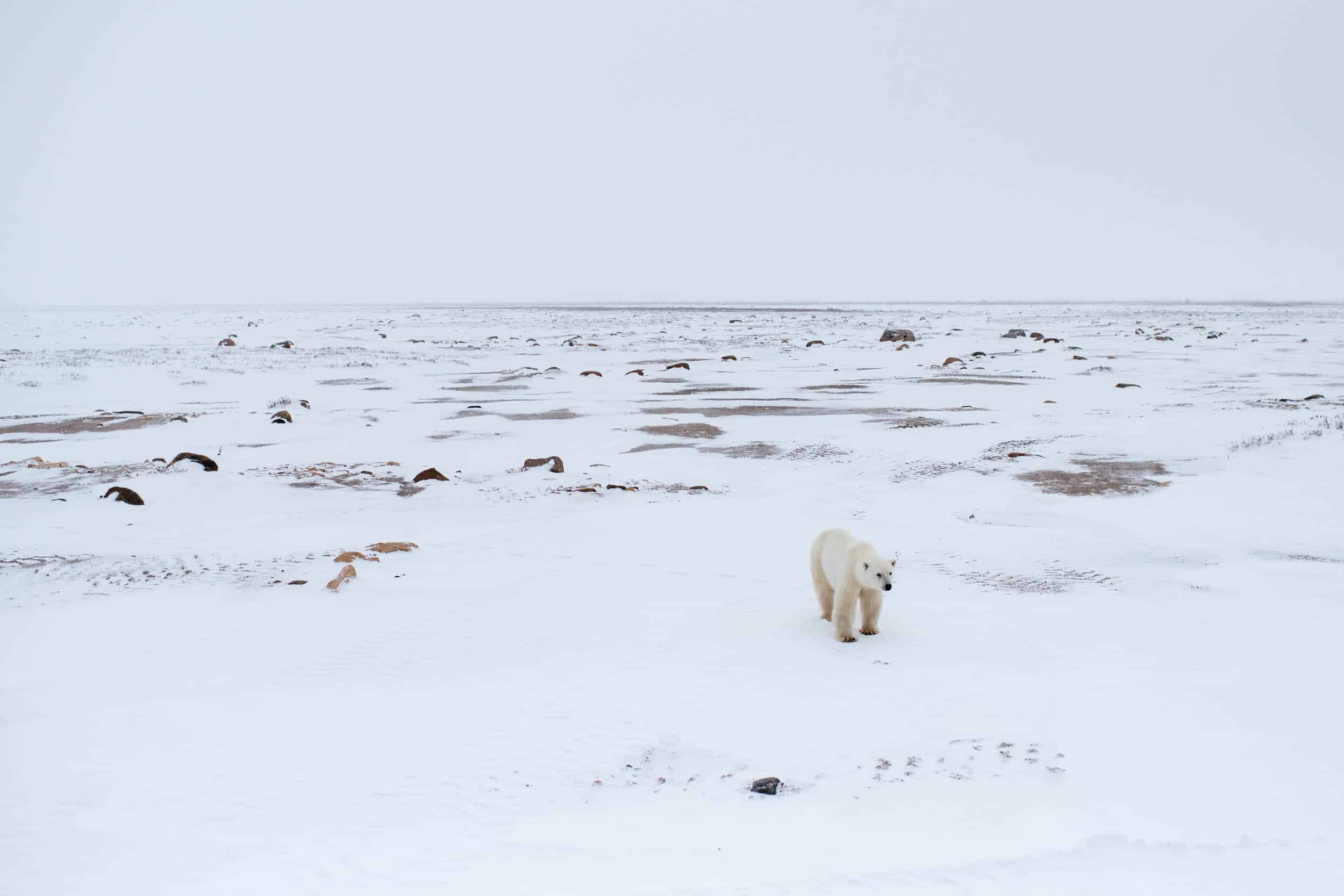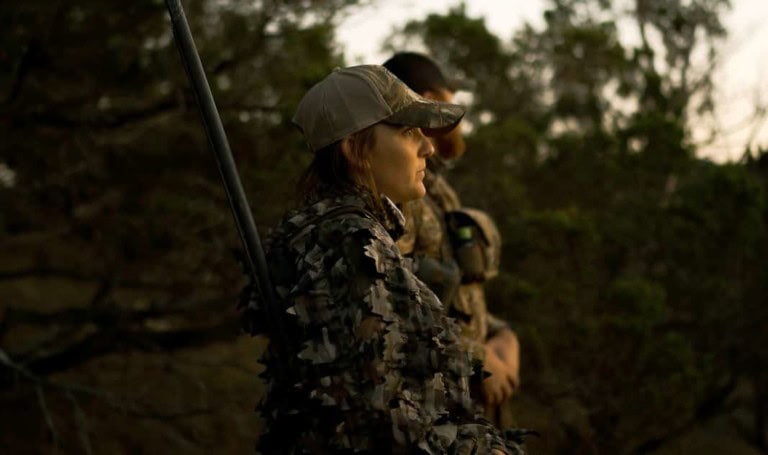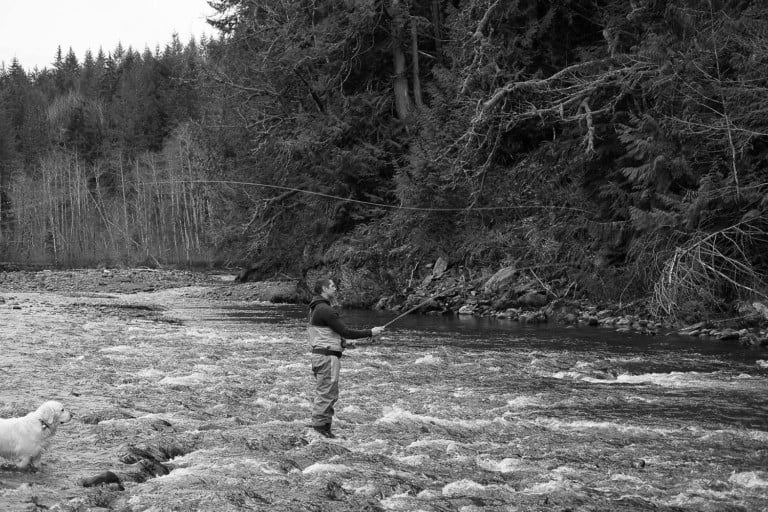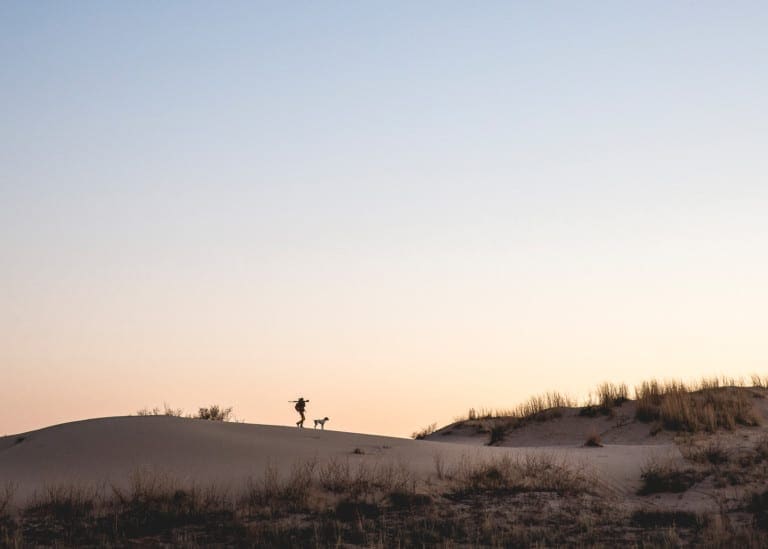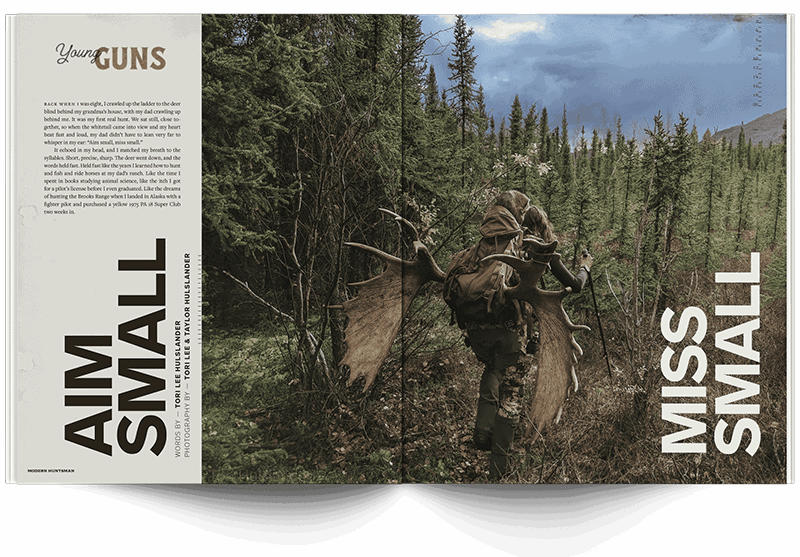The polar bears arrived in early February, circling the outskirts of Belushya Guba before venturing into the village itself. Within a week, more than 50 bears had been counted in the settlement, in the Russian Arctic archipelago of Novaya Zemlya: wandering the streets, forcing their way into buildings, and reportedly acting aggressively toward anybody unfortunate enough to encounter them. On February 9, authorities issued a state of emergency, which remained in place for nine days, until the last of the bears had been driven away.
Three months earlier and 3,500 miles away, photographer and filmmaker Max Lowe was visiting Churchill, Manitoba, to work on a film project and hoping, during his visit, he would find and film some polar bears. “Within an hour of arriving, driving into town from the airport, there was our first bear,” he laughs. From mid-to-late October and lasting deep into November, about one- third of the local population of approximately 900 polar bears passed through or around Churchill, and the evening skies would frequently echo with the sound of cracker shells — blank shotgun rounds that produce an especially loud bang — being fired to deter any found wandering through the town’s streets. But there was no state of emergency, no panic, and no bears breaking through windows or doors.
“It’s kind of like going back in time and living with dinosaurs,” marvels Lowe. “I’ve never been anywhere else in the world where you have to be constantly aware of an apex predator out there that would be totally comfortable killing and eating you.”
To be fair, the situations in Novaya Zemlya and Manitoba are not entirely analogous. Belushya Guba’s events were unprecedented and unwelcome. Churchill dubs itself the “Polar Bear Capital of the World” and thrives on the tourists that flock to the town
